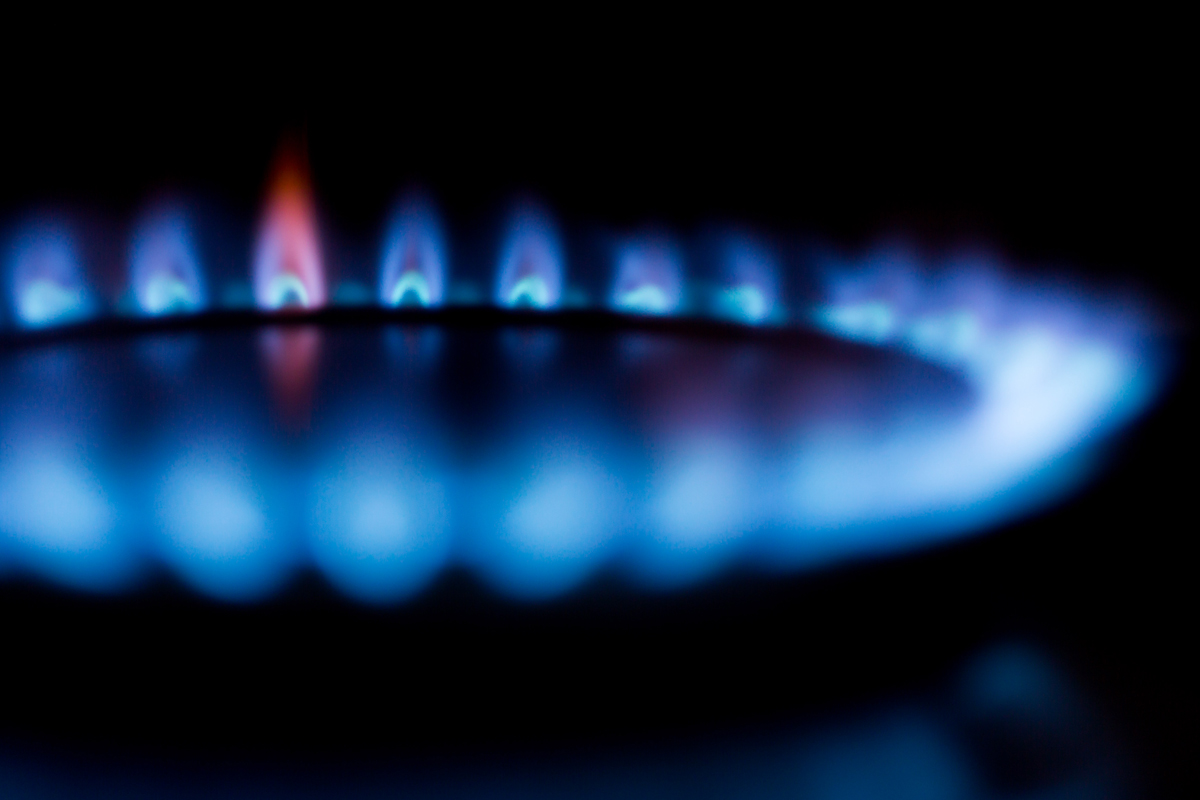
Originally published by the San Diego Free Press on January 26th 2018
By Edward Bergan / SanDiego350
The more experts study natural gas, the more evidence they find that this fossil fuel is inflicting great damage on our environment. It is damaging when it’s burned and damaging when it’s extracted from the ground. In fact, the extraction and burning of natural gas to produce electricity is a dirty process. This dirty process impacts the clean water and air we need to live.
Dirty Water
Today, in the US, approximately 70% of natural gas is produced by hydraulic fracturing, also known as fracking. In 2000, the figure was only 7%. Fracking technology was developed decades ago, but only over the past decade has its use become commonplace. It has some under-appreciated risks.
Fracking works by injecting high-pressure mixes of water, sand, and chemicals into oil or natural gas deposits that are locked in shale layers thousands of feet underground. This high-pressure injection opens fissures in the underground rock, releasing natural gas up through the well. Along with the natural gas comes wastewater that is contaminated with fracking chemicals, along with naturally occurring chemicals and minerals.
The fracking chemicals typically include the familiar toxins methanol (aka wood alcohol) and ethylene glycol (antifreeze), biocides, fungicides, and anticorrosives. Up to 25% of the chemicals used can be considered carcinogenic. A Yale survey of over 1000 chemicals used in fracking found 157 chemicals associated with either reproductive or developmental toxicity. For each well in California, an average of 140,000 gallons of water is used. This adds up to a lot of dirty, chemically- contaminated water that cannot be economically-cleaned to be reused for other purposes.
Shockingly, fracking chemicals are exempt from federal oversight required under the Safe Drinking Water Act by the “Halliburton Loophole” – an exemption obtained in 2005 by Vice President Dick Cheney during the George W. Bush Administration. Additionally, manufacturers and producers hide the identity of the chemicals used as trade secrets or proprietary mixtures. If groundwater contamination occurs from fracking operations, knowing the unique mixture of chemicals of each fracking operation can link the responsible operator to that contamination.
Stanford Professor Rob Jackson studied groundwater quality around wells throughout the United States. The fossil fuel industry contends that fracking is conducted in deposits far below aquifers (our water supply). However, Professor Jackson found 2,600 fracking wells in the U.S. less than 3,000 feet below ground. Professor Jackson also found hundreds of wells in California less than 2,000 feet below ground.
Fracking wastewater is typically disposed of through injection underground into abandoned oil wells. When no abandoned wells are nearby, it can be disposed of into an open pit – sometimes an open, unlined pit, where wastewater can contaminate groundwater and chemicals can volatilize into the air, threatening surrounding communities. Eleven wastewater injection wells in Kern County were closed in 2014 due to concerns the injection wells may contaminate aquifers.
When natural gas is produced by fracking, many billions of gallons of dirty, chemically-contaminated water is the toxic by-product.
Polluted Air
Today, about half of the electrical power produced in San Diego comes from burning natural gas. Burning natural gas to generate electricity causes both greenhouse gas pollution and non-greenhouse gas pollution.
Natural gas is a fossil fuel composed of methane (CH4) and other hydrocarbons. When the carbon component of methane (or of any other hydrocarbon) is completely burned, it forms the greenhouse gas carbon dioxide (CO2). Additionally, any methane that escapes into our atmosphere is also greenhouse gas pollution – as methane is itself a greenhouse gas, approximately 28 times more potent than carbon dioxide.
The US EPA reports burning natural gas in a combustion turbine exhausts a variety of compounds including hazardous air pollutants. The primary pollutants emitted are formaldehyde and particulates. Not all of the energy obtained from burning natural gas is used to generate electricity. Some is used to compress the air needed to burn natural gas. In this process, some of the air combines to produce nitrogen oxides including nitrous oxide, aka laughing gas – a greenhouse gas that is 265 times more potent than carbon dioxide – and nitrogen dioxide, which helps form our number one air hazard – ozone.
Combustion turbines are used to burn natural gas and produce electricity. The industry has long claimed that producing electricity in this manner is twice as clean as producing electricity by burning coal. This is a false choice, we no longer have coal plants in California. We cannot clean the air by burning coal or natural gas. We can only clean the air by refusing to burn fossil fuels!
Edward Bergen, is a retired Project Manager and Chemical Engineer who has worked with major chemical, personal product, food and pharmaceutical companies. He is a volunteer of SD350.org and a Fellow of the American Institute of Chemical Engineers.

One Response